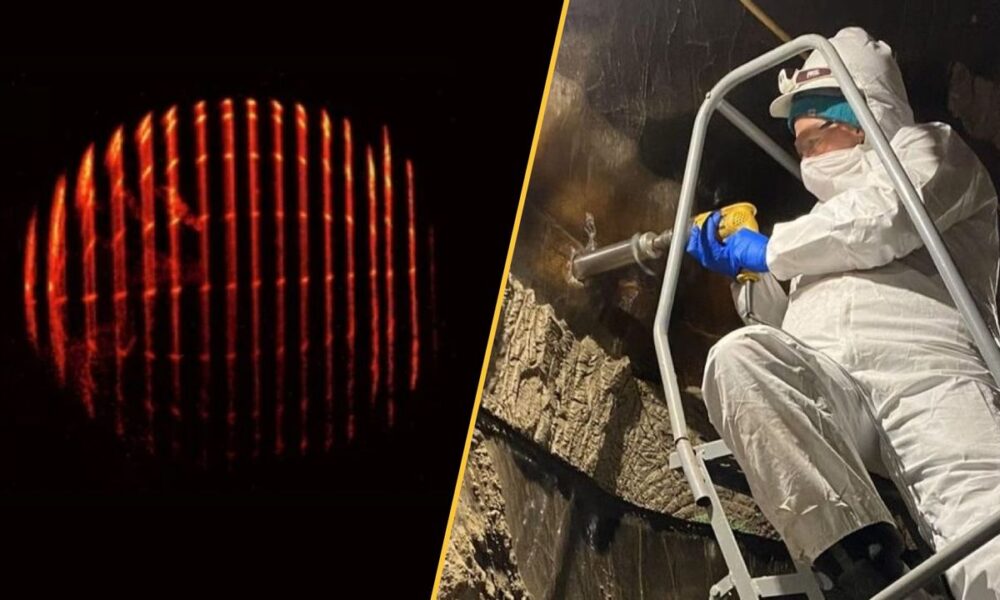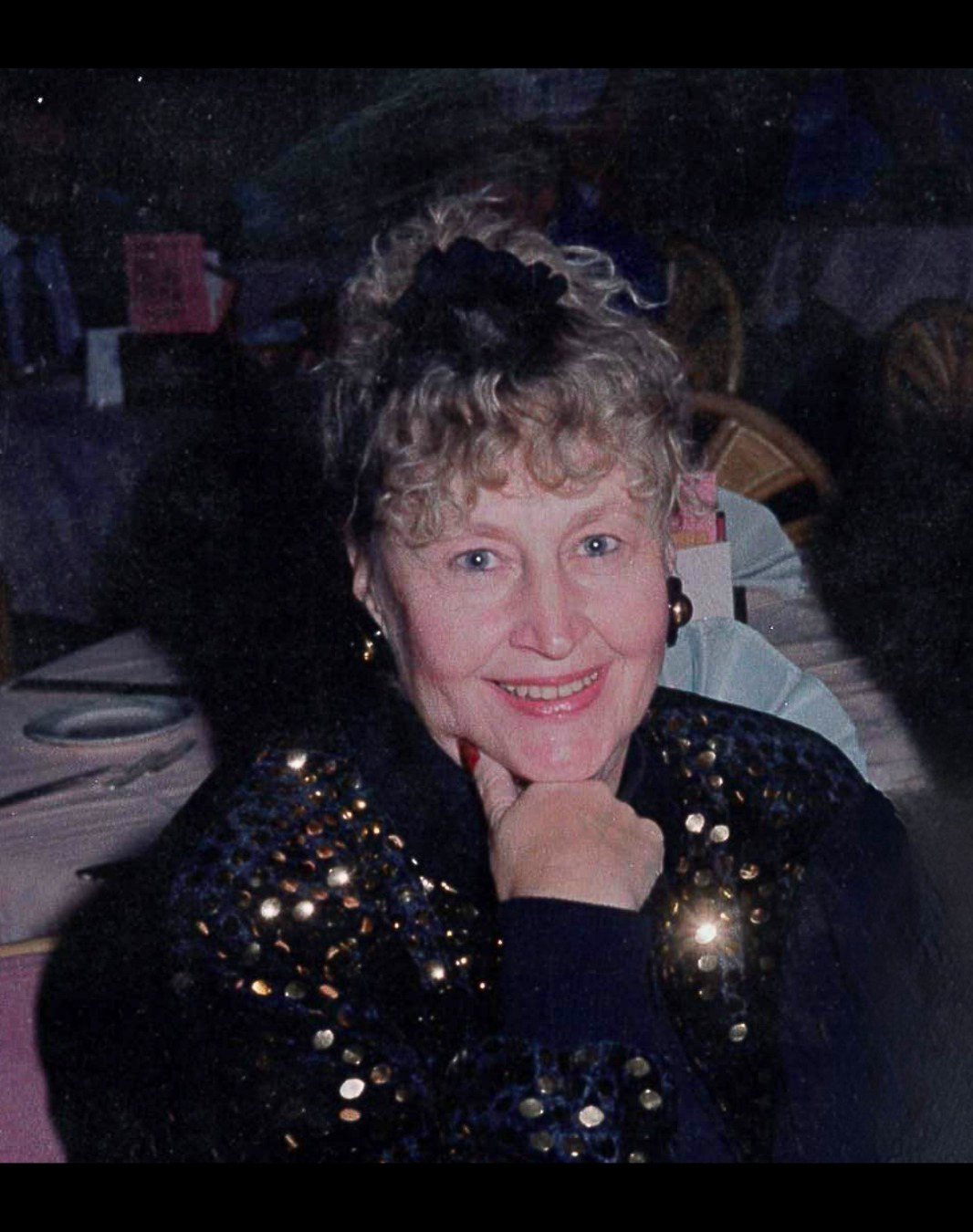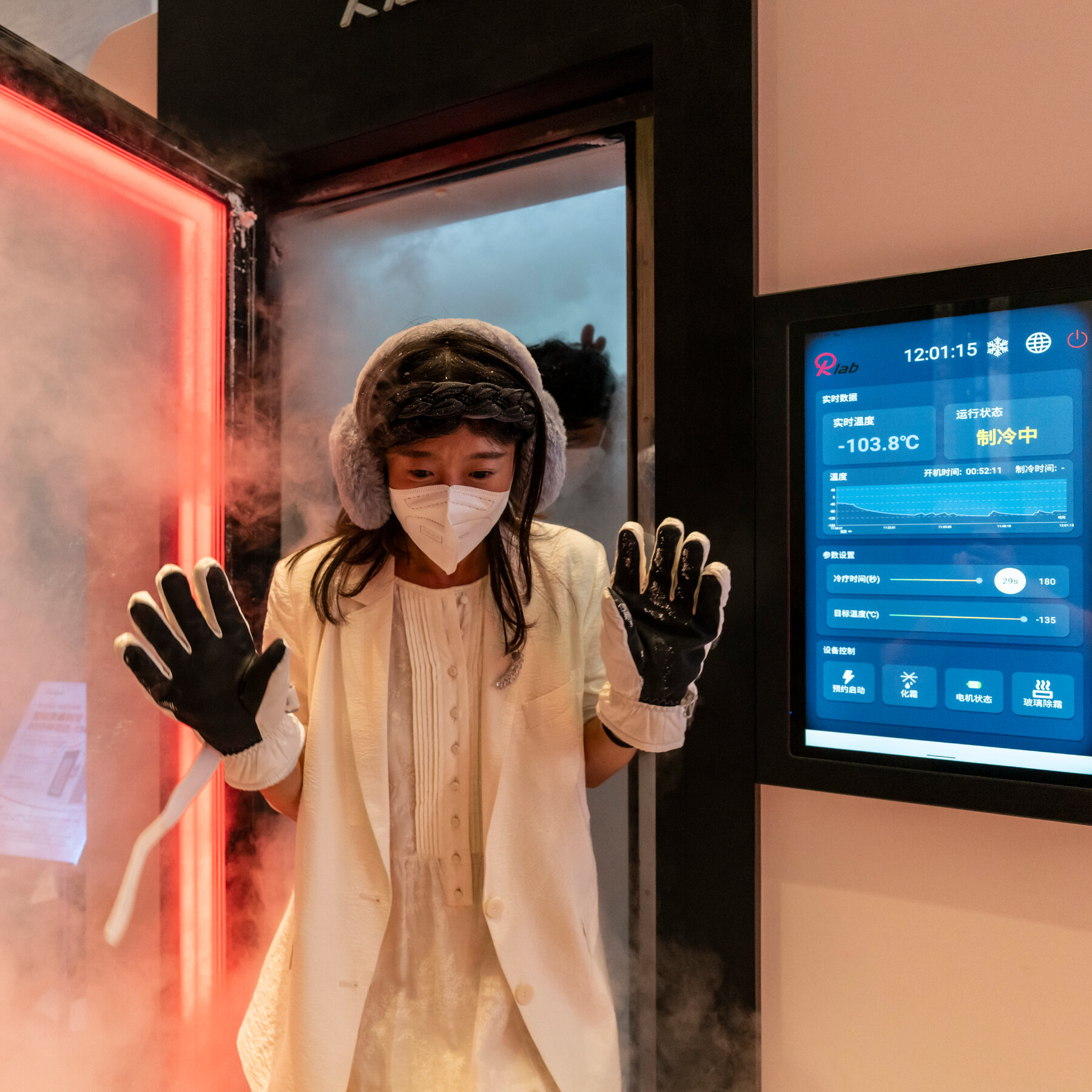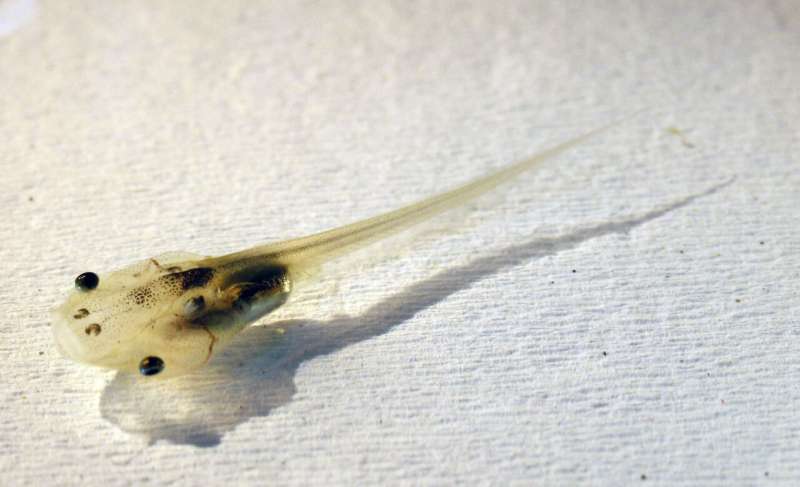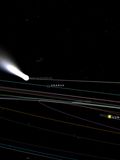This week’s science headlines reflect a mix of alarming climate developments, groundbreaking physics research, and remarkable astronomical discoveries. Notably, scientists have revived ancient microbes from the Alaskan permafrost, which had been frozen for up to 40,000 years. Upon revival, these microbes have begun releasing significant amounts of carbon dioxide, raising concerns about their role in accelerating climate change.
The revival of these dormant microbes could signify a troubling feedback loop. As global temperatures rise and permafrost thaws, previously frozen microorganisms may re-enter the ecosystem, further contributing to greenhouse gas emissions. This phenomenon poses serious risks, especially in light of a new report indicating that CO2 levels in the atmosphere increased by record amounts in 2024, driven by human fossil fuel consumption and intensified wildfires.
Climate Feedback Loops and Rising Greenhouse Gases
This week’s findings also highlight alarming methane leaks beneath the Antarctic ocean. Methane, a greenhouse gas far more potent than carbon dioxide, poses an additional threat as its release could lead to severe weather events and further disrupt ecosystems. Climate scientists are particularly concerned about these emissions, which might catalyze rapid climate changes, including drastic shifts that could potentially trigger a new ice age.
In a separate but equally intriguing development, physicists have simulated the Terrell-Penrose effect, an optical illusion related to objects moving at speeds near that of light. By employing advanced laser techniques and gated camera technology, researchers have managed to create a visual representation of how an object would appear when moving at 99.9% of the speed of light. This simulation challenges some aspects of Einstein’s theory of special relativity, demonstrating that objects in motion do not appear squashed, as previously thought, but rather distorted due to varying light travel times.
Astrophysical Breakthroughs and New Discoveries
In the realm of astronomy, the James Webb Space Telescope (JWST) has provided unprecedented images of the black hole M87*, known for being the first black hole ever photographed. The latest images reveal not just one, but two massive jets of relativistic material being expelled from the black hole. This enhanced view allows astrophysicists to analyze the jets’ characteristics and their effects on the surrounding cosmic environment more closely.
These discoveries open new avenues for understanding how black holes interact with their surroundings and influence the evolution of galaxies. The findings underscore the importance of ongoing research in astrophysics, where advancements can lead to significant revelations about the universe.
The week’s scientific developments extend beyond microbes and celestial phenomena. A long read featured in Live Science highlighted breakthroughs in cancer detection through liquid biopsies. The story of John Gormly, who was diagnosed with colon cancer through a new blood test called Shield, exemplifies the potential of these innovative techniques to revolutionize early cancer detection.
In wildlife photography, Wim van den Heever won the 2025 Wildlife Photographer of the Year award for a stunning image of a brown hyena in Namibia. The photograph, ten years in the making, captures the rare animal in a hauntingly beautiful setting, showcasing the intricate relationships between wildlife and their environments.
As science continues to unveil both the wonders and challenges of our world, these stories illustrate the dynamic interplay between the natural environment, emerging technologies, and our understanding of the universe.

